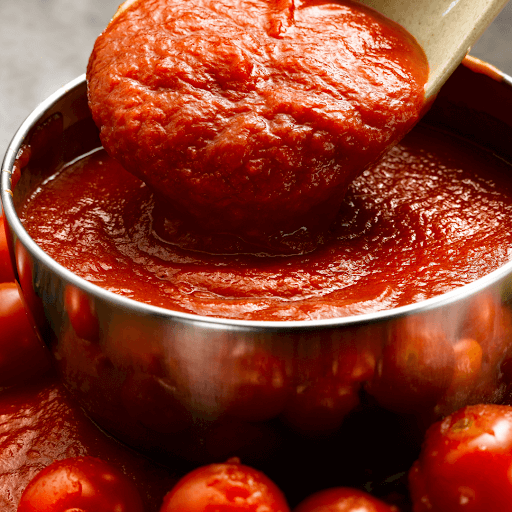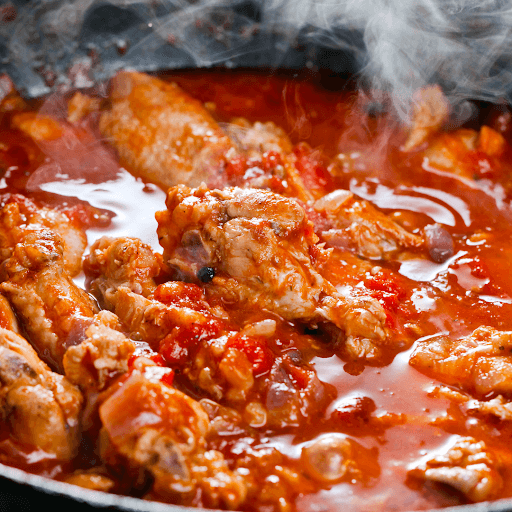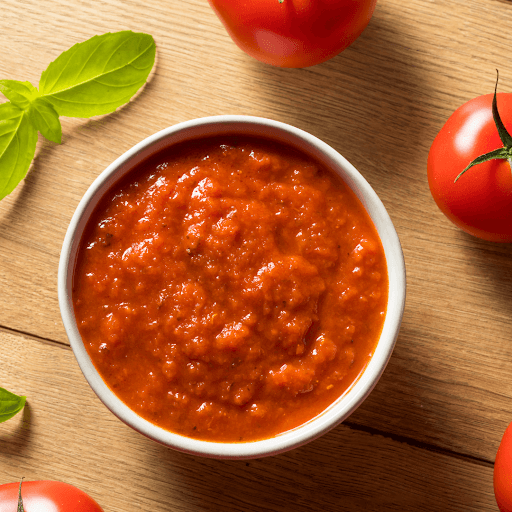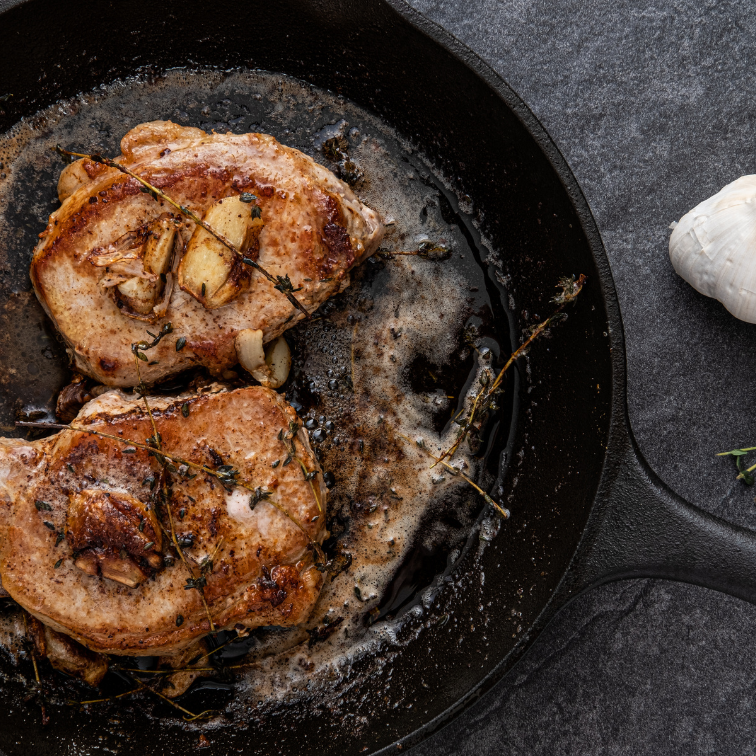As someone who loves cooking Italian food at home, I know that there’s nothing quite like a homemade pasta sauce simmering on the stove, filling the kitchen with the aroma of fresh herbs and garlic.
But what about the next day when you have leftover sauce?
Reheating pasta sauce might seem straightforward, but doing it the right way can make all the difference in preserving those rich flavors and creamy textures.
Whether you’re working with a tomato-based sauce, a hearty meat sauce, or a delicious cream sauce, I’m here to share the best methods, tips, and tricks to ensure your sauce tastes just as delicious as it did the first time around.
The Best Methods to Reheat Pasta Sauce
When it comes to reheating leftover pasta sauce, choosing the right method is crucial. Here are my favorite ways to bring that sauce back to life:
Stovetop Method: The Classic Approach
Best for: Tomato-based sauces like marinara sauce, meat sauce, and homemade spaghetti sauce.
Why it works: The stovetop method allows for gentle, even heating, helping to preserve the sauce’s texture and flavor.
Instructions:
- Pour the leftover sauce into a heavy-bottomed saucepan.
- Heat over medium heat, stirring occasionally with a wooden spoon to prevent sticking and ensure even warming.
- If the sauce has thickened too much overnight, add a little bit of water or pasta water to loosen it up.
Once the sauce is warmed through, taste and adjust seasoning if needed—sometimes, a pinch of salt or a dash of red pepper flakes can bring the sauce back to life.
Pro Tip: Adding a splash of olive oil or fresh herbs like basil or oregano at the end of cooking can enhance the flavor even more.
Microwave Method: Quick and Convenient
Best for: Busy weeknights when you need to reheat sauce quickly.
Why it works: The microwave is a good option if you’re in a rush, but it requires some careful attention to avoid overheating.
Instructions:
- Transfer the sauce to a microwave-safe container.
- Cover with a piece of aluminum foil or a microwave-safe lid to prevent splatters.
- Heat in 15-second increments, stirring between each, until the sauce is heated through.
Be careful not to overheat, as this can cause the sauce to break or become too thick.
Pro Tip: To avoid a dry or gummy texture, stir in a tablespoon of water or olive oil before reheating.

Oven Method: Slow and Steady
Best for: Large batches of sauce or when you want to reheat both sauce and pasta together.
Why it works: The oven provides even, controlled heat, making it a great option for reheating without losing moisture.
Instructions:
- Preheat your oven to 350°F.
- Place the sauce in an oven-safe dish and cover it with foil.
- Bake for about 20 minutes or until the sauce is warmed through, stirring halfway.
If reheating pasta with the sauce, add a little bit of water or pasta water to the dish before covering and baking.
Pro Tip: Adding a sprinkle of Parmesan cheese or Pecorino Romano before baking can create a delightful, cheesy crust on top.
Slow Cooker Method: Best for Long, Slow Reheating
Best for: Meat sauces or tomato sauces that benefit from slow, gentle reheating.
Why it works: The slow cooker method is ideal when you have time and want to infuse your sauce with even more flavor.
Instructions:
- Transfer the leftover sauce to the slow cooker.
- Set the slow cooker to low heat and let the sauce warm for 2-3 hours, stirring occasionally.
- This method is especially great for meat sauces, as it allows the flavors to meld even further.
Pro Tip: Add fresh garlic or a touch of tomato paste during reheating to enhance the depth of flavor.

Tips and Tricks for Reheating Pasta Sauce
No matter which method you choose, here are some tips and tricks to get the best results:
- Start with Room Temperature Sauce: If possible, let your sauce sit out for a bit before reheating. This helps it warm up more evenly.
- Use Fresh Herbs: Adding fresh herbs like basil or oregano at the end of reheating can revive the sauce’s flavor.
- Watch the Consistency: If your sauce has thickened overnight, don’t hesitate to add a bit of water, pasta water, or broth to reach the desired consistency.
- Avoid Overheating: Especially with cream-based sauces, overheating can cause the sauce to separate or become greasy. Always reheat on low to medium heat for the best results.
Nutritional Info: What You Need to Know
When it comes to pasta sauces, the nutritional content can vary widely depending on the ingredients used. Here’s a quick overview:
Tomato-Based Sauces: Typically lower in calories and fat but rich in vitamins like vitamin C and lycopene, an antioxidant found in tomatoes. These sauces are often a healthier choice, especially when made with fresh tomatoes and olive oil.
Meat Sauces: Higher in protein and fat, especially if made with ground meat like lean ground beef or Italian sausage. These sauces are heartier and more filling, making them a great option for a main course.
Cream Sauces: These are richer and higher in fat due to the addition of cream, butter, or cheese. While delicious, they’re best enjoyed in moderation.

Bonus Tips: Enhancing Your Leftover Pasta Sauce
Sometimes, reheating leftover pasta sauce offers the perfect opportunity to elevate the dish with some additional flavors and ingredients. Here are a few ideas:
Add Fresh Ingredients: While reheating, consider tossing in some fresh garlic, diced onions, or fresh herbs like parsley or basil. These ingredients can bring a fresh burst of flavor that makes your sauce taste like it was made fresh that day.
Incorporate Vegetables: Leftover roasted vegetables like bell peppers, zucchini, or spinach can be stirred into your sauce while it’s warming up. Not only does this add nutritional value, but it also enhances the texture and flavor of the sauce.
Experiment with Protein: If your sauce is tomato-based, adding a bit of cooked ground meat, such as lean ground beef, pork sausage, or even shredded chicken, can turn your pasta dish into a heartier, more satisfying meal.
Thicken with Tomato Paste: If your sauce is too thin after reheating, stir in a small amount of tomato paste. This will thicken the sauce and intensify the tomato flavor.
Spice It Up: For those who like a bit of heat, add red pepper flakes or a dash of hot sauce to the sauce as it warms. It’s a simple way to give your leftover sauce a new kick.
FAQs: Common Questions About Reheating Pasta Sauce
Q: Can I reheat pasta sauce in an air fryer
A: While an air fryer is great for reheating many foods, it’s not the best option for pasta sauce. The high, dry heat can cause the sauce to dry out or burn. Stick to stovetop or oven methods for the best results.
Q: How long can I store leftover pasta sauce?
A: Leftover pasta sauce can be stored in an airtight container in the refrigerator for up to 4 days. For longer storage, consider freezing the sauce in freezer-safe bags or containers.
Q: What’s the best way to reheat sauce and pasta together?
A: The oven method is ideal for reheating sauce and pasta together. Combine them in an oven-safe dish, add a bit of water or pasta water, cover with foil, and bake at 350°F until heated through.
Q: Can I reheat cream sauces
A: Yes, but be careful with cream sauces as they can easily separate or become oily if overheated. Reheat them gently on the stovetop over low heat, stirring frequently.
Final Thoughts: The Best Way to Reheat Leftover Pasta Sauce
Reheating leftover pasta sauce doesn’t have to be complicated. With these methods and tips, you can enjoy your sauce just as much the next day as you did the first time.
Whether you’re using the stovetop for a quick reheat or the slow cooker for a more flavor-infused approach, there’s a method that fits your needs.
So next time you’re faced with leftover sauce, you’ll know exactly how to bring it back to its full, delicious potential.
Happy cooking, and buon appetito!










